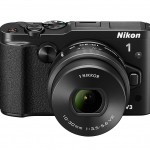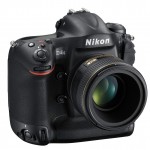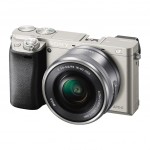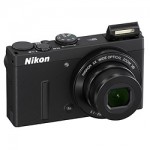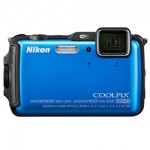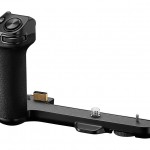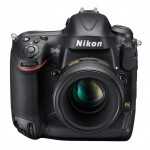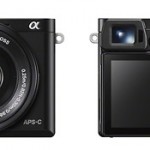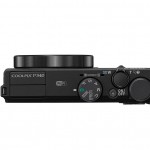I am new to DSLRs and just got a Canon XTI with a a Canon EFS 18-55mm lens.
1. When outside in sunny conditions, I have my xti ISO set to 100 or 200 though I am not sure what to set my exposure, aperture and focal length to.
2. When it is overcast, I am using an a range of 400-800, what about the exposure, aperture and focal length?
3. When shooting people at night, I am using 800, what about other settings?
Thanks!




 LinkBack URL
LinkBack URL About LinkBacks
About LinkBacks
 Reply With Quote
Reply With Quote

